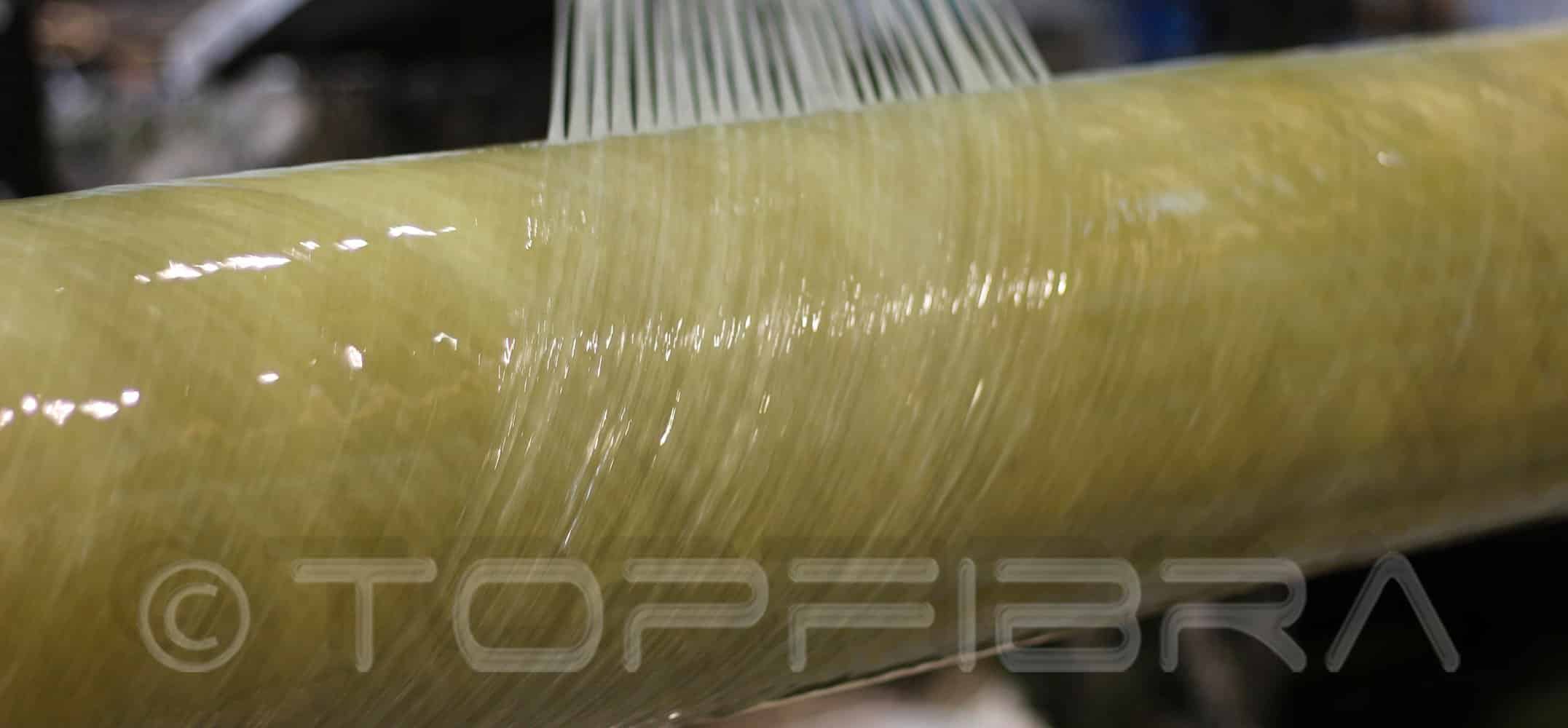- Is GRP the same as FRP?
- What about RTRP?
- Which types of resins exist?
- What about the reinforcement?
- And what about the aggregates and the fillers?
Unfortunately, filament winding products are not widely known. If engineers understood the advantages of these products, they would recommend them more often than they do today.
A good way to learn about these products is to start by clarifying some of the concepts:
The Reinforced Thermosetting Resin Pipe (RTRP) is also known as the GRP (glass-reinforced plastic) pipe or FRP (fiberglass reinforced plastic) pipe. Due to its unique characteristics, it offers a range of advantages over pipes that are made of traditional, currently used, materials. When properly designed and installed, it can give the system the performance required at minimal costs.
FRP/GRP is a composite material.
But what does composite mean? Let’s clarify.
Composite means “consisting of two or more distinct parts”. Composites are engineering material that consists of a thermosetting resin (the matrix) and fiber reinforcement. A liquid resin is combined with a fiber reinforcement in the manufacturing process, which is then cured into a solid laminate.
There are many types of resins and reinforcements and each of them imparts its specific properties to the composite GRP product. To be more precise, there are at least 6 major family groups of resins used in composites fabrication.
These include polyester, vinylester, modified acrylic, epoxy, phenolic resin, and urethane resin systems. The list goes on. However, it is important to note, that each of these resins possesses its own specific performance characteristics.
Why so many resins?
My partner Eng. Fabio Fracasso, an expert in composite materials, would say: “Tell me what you need and I will tell you what to use.”
The resin system is selected on the basis of the functional and cost requirements of the product. For example:
- A vinylester resin should be used If the corrosion resistance characteristic is a priority.
- The epoxy is recommended when it is critical to achieving high strength.
- Polyester resin is most commonly used if there are issues with cost vs. performance.
Inside the family of polyester resins alone, specific formulations will be used for attaining aesthetic properties, achieving enhanced corrosion resistance or resistance to elevated temperatures, as well as a decrease in costs.
What about the reinforcement?
There are many reinforcement fibers used in composites, with glass fiber being used the most. However, for specific high levels of performance, advanced fibers such as kevlar or carbon fiber are used. They offer good properties, but of course, for a higher price.
Inside the family of glass fiber, there are many “styles” of reinforcement. Depending on the molding process and the strength requirements of the product, there are many options. Glass fiber can be applied with random fiber orientation in the form of a chopped strand mat. There are also lightweight textile fabrics, heavy woven materials, knitted fabrics, and unidirectional fabrics all of which serve specific purposes in composite design.
To maximize the benefit-to-cost ratio of composite products, the component materials must be custom tailored for the application.
And what about the aggregates and the fillers?
In addition to the polyester resin and glass fibers, aggregates and/or fillers can be used in the production of the GRP pipes. The aggregate that is added to the fiberglass/resin laminate is generally siliceous sand complying with special requirements. Such pipe is called Reinforced Plastic Mortar Pipe (RPMP).
The filler is a compound generally added directly to the matrix before building the laminate. It serves to improve different properties of the pipe (thixotropic agents, fire retardant, pigment, etc.).
Are you interested in getting more information? Do you have questions or doubts?
Feel free to contact us by clicking on the button below.
You might also want to learn about 3 incredible facts about GRP pipes. Click here to read the article.

